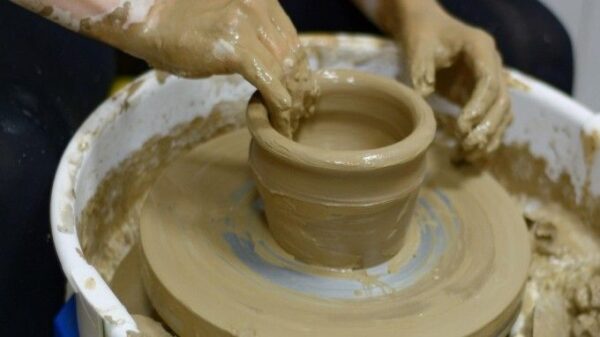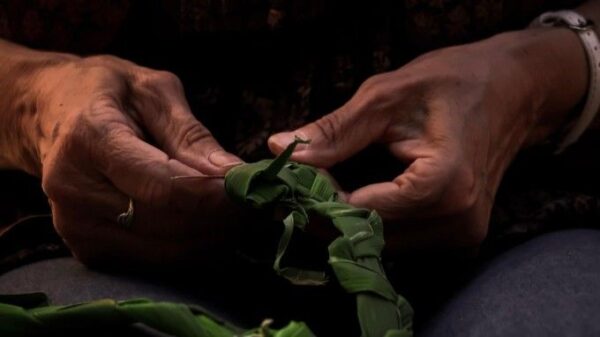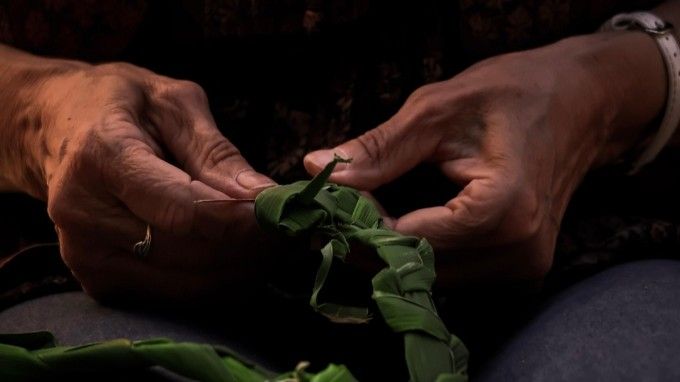India is well known for its rich crafts and skillwork which spans over millions of decades. Pottery and weaving are two important skills that are widely practiced in India. When it comes to “About Indian Heritage and Culture: The Role of Pottery and Weaving” they showcase the rich as well as authentic diversity of our country and are symbols of historical richness and progression. In fact, pottery dates back to the neolithic period and the traditions of pottery were well developed even at that time. Artisans used to create earthenware of great quality and even painted them with significant designs of floral motifs.
Different Pottery Styles of Various States

India has a diverse geography and different ways of pottery are practiced in various parts of the country. For example, when it comes to “About Indian Heritage and Culture: The Role of Pottery and Weaving”, Khavda pottery is prominent in the state of Gujarat and it is created with the help of clay that is rich in minerals. Then it painted by hand using animal motifs. Other than that, one of the most loved pottery in India is the blue pottery of Rajasthan which was brought by the Persian artists. Instead of using clay as their base material, the artisans use a clever combination of quartz and glass for creating this cool themed pottery which was like a breath of fresh air in the extreme heat of the state. Manipur pottery is never made with a wheel. Instead, it is created using a paddle and anvil and it is mostly created by women. In Uttar Pradesh, people usually buy the black pottery of Nizamabad. On top of the black pottery, silver patterns are made and these pots are known for their good finishing. Every region has pottery in accordance to the resources that are popular over there as well as the climate and cultural symbolism.
The Importance of Weaving in our Country

Weaving is a really significant part of the history and progress of our country. In fact, “About Indian Heritage and Culture: The Role of Pottery and Weaving”, even the Rigveda states that weaving is such a craft that is done by both men and gods. If we observe the weaving patterns of different states, we will be able to take notice of the social customs of that area. This makes the art of weaving greater than a simple, economic activity. Every single tool that is used in weaving like the color of the cloth or the technique that is chosen or the kind of motifs is truly meaningful. For example, the Banarasi sari is woven in such a way that it represents royalty and luxury in its greatest form. On the other hand, the Kanjeevaram sari is woven in a kind of way that it can be worn in temples or during lucky events like the birth of a child or a new member joining the family or a prayer ceremony that is taking place at the house.
Challenges
The reason why pottery and weaving are not as popular today is because of the increase in mass produced good which have negatively affected the handicraft market. Even new generations are hesitating to learn the skill of pottery or weaving because they do not believe that it will generate a lot of income. However, in conclusion, in order to revive these great crafts, the government has started schemes like ‘GI Tagging’ and ‘Handloom Mark’ to protect the regional identity of a place. They promote art and craft exhibitions where artisans may come and proudly show their work.
Author
Shreeja Mukherjee


